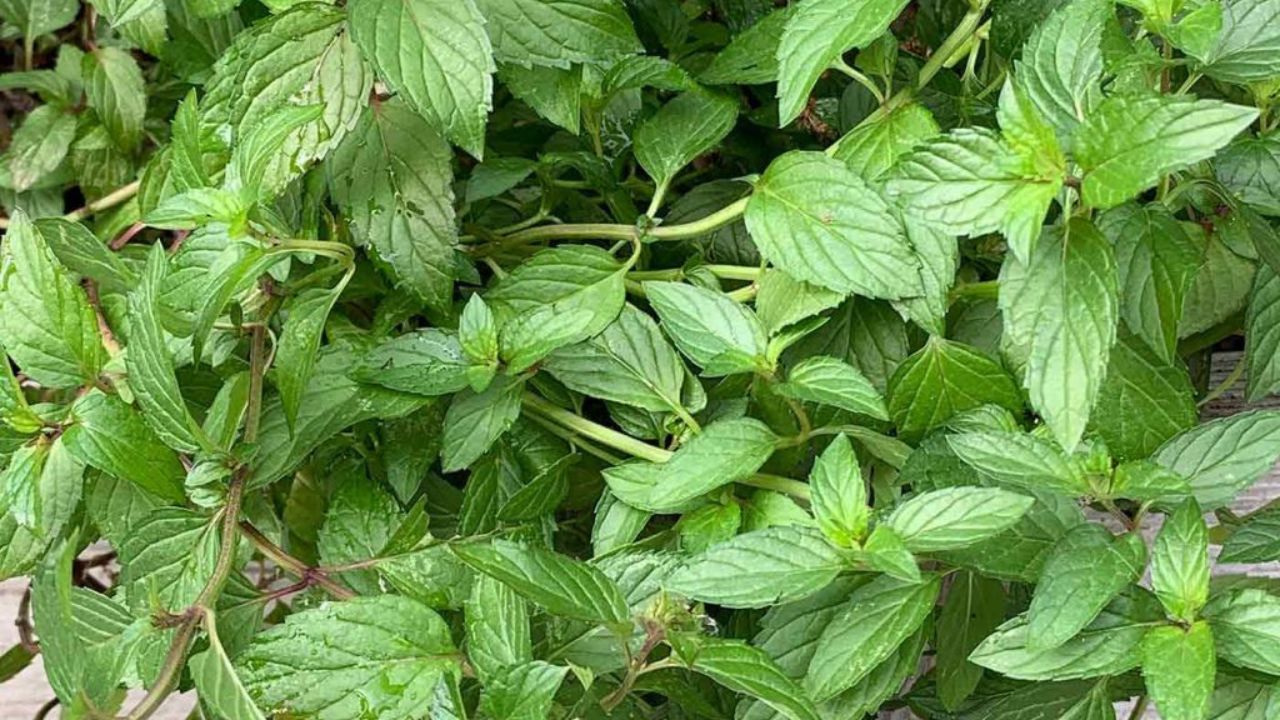Transplanting mint can invigorate your garden and ensure healthy growth. With the right techniques, you can successfully relocate this aromatic herb.
Choosing the Right Time
- Best Seasons: Early spring or fall is ideal for transplanting mint. Avoid extreme temperatures.
Preparing the New Location
- Soil Requirements: Mint thrives in well-drained, nutrient-rich soil. Consider mixing in compost.
- Sunlight: Choose a spot with partial shade to full sun, as mint can tolerate various light conditions.
Digging Up the Mint
- Tools Needed: Use a spade or garden fork to gently lift the mint.
- Technique: Start digging a few inches away from the plant’s base to minimize root disturbance. Aim for a clump that includes roots and stems.
Transplanting the Mint
- Spacing: Space new plants about 18-24 inches apart to prevent overcrowding.
- Planting Depth: Place the mint at the same depth it was growing previously. Water thoroughly after planting.
Care After Transplanting
- Watering: Keep the soil moist but not soggy for the first few weeks to help establish the roots.
- Mulching: Apply mulch to retain moisture and suppress weeds.
Common Issues
- Wilting: If leaves wilt, it may be due to transplant shock. Ensure adequate watering.
- Pests: Watch for pests like aphids or spider mites; treat as necessary.
FAQs
How long does mint take to establish after transplanting?
Mint typically takes 2-3 weeks to acclimate and start showing new growth.
Can I transplant mint from a pot to the ground?
Yes, mint can be easily transferred from a pot to the ground. Just follow the same guidelines.
Should I trim the mint before transplanting?
Trimming back excessive growth can help the plant focus on root establishment after transplanting.
Conclusion
Transplanting mint is a straightforward process that can yield flavorful rewards in your garden. With proper care, your mint will thrive and provide you with fresh leaves for culinary delights.





